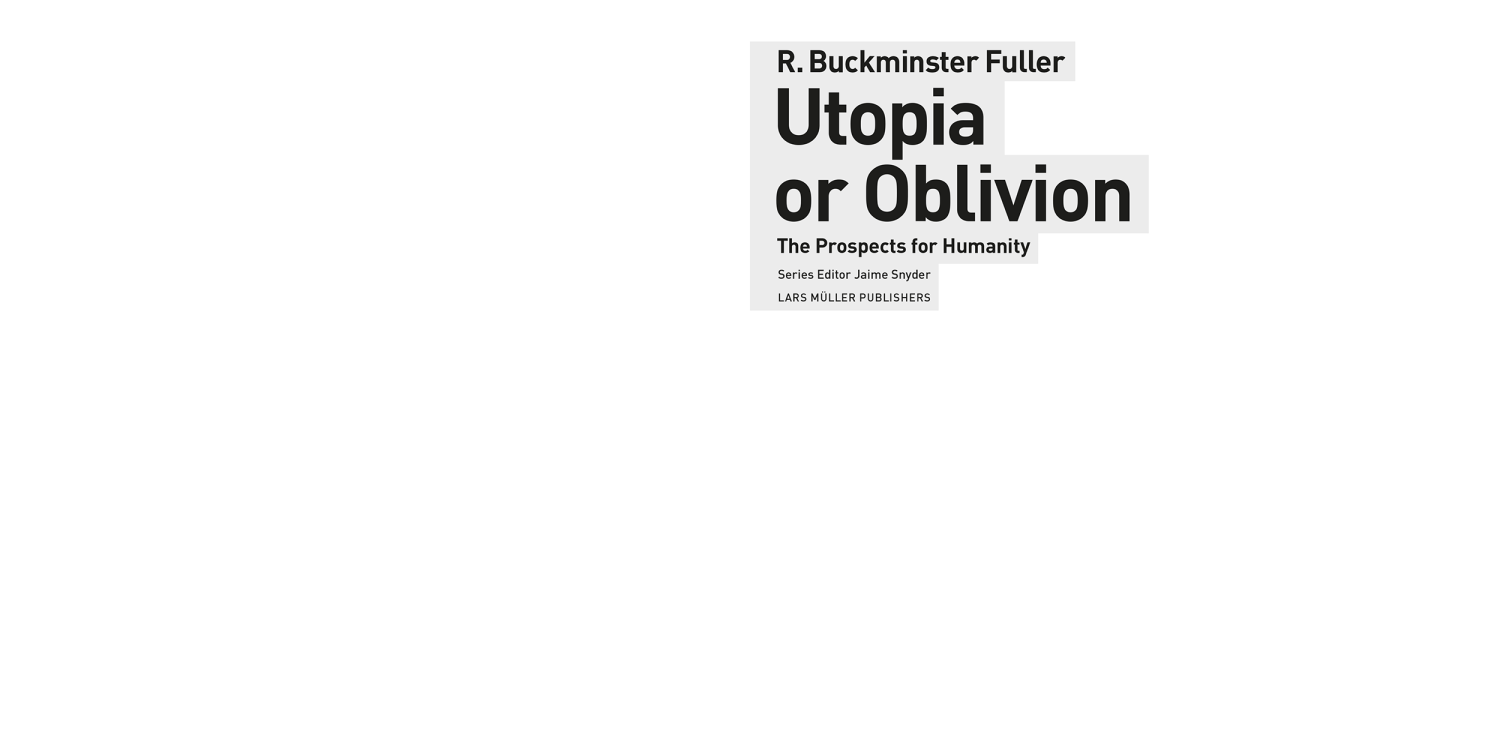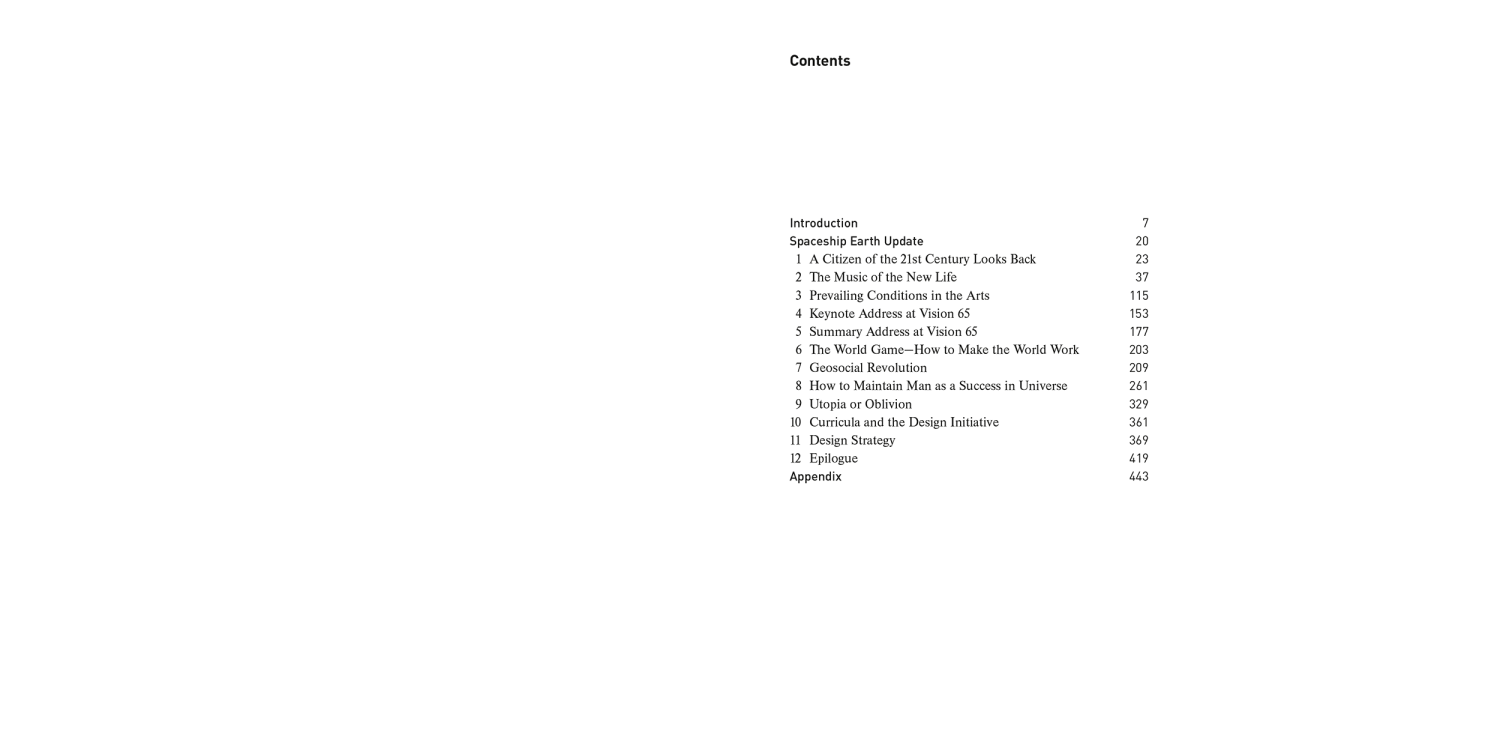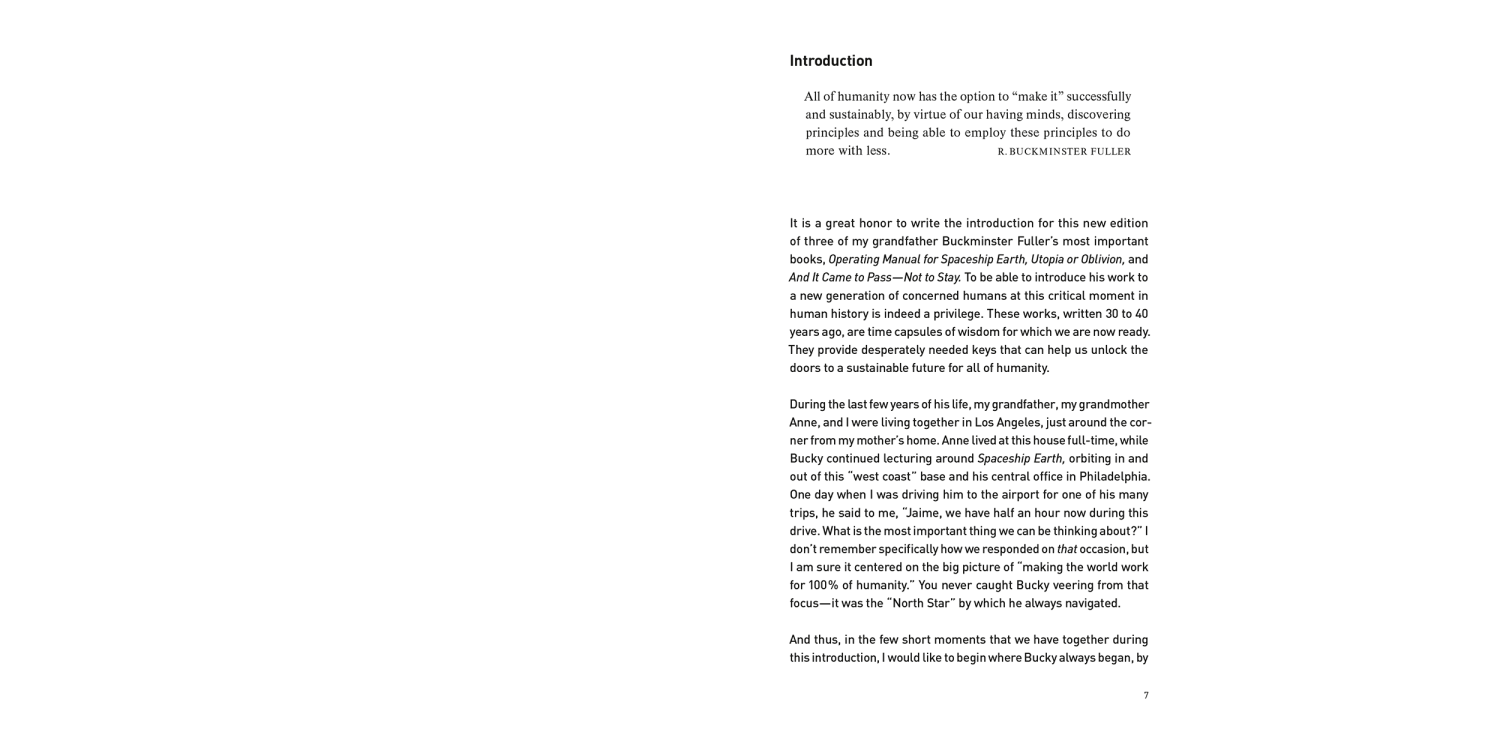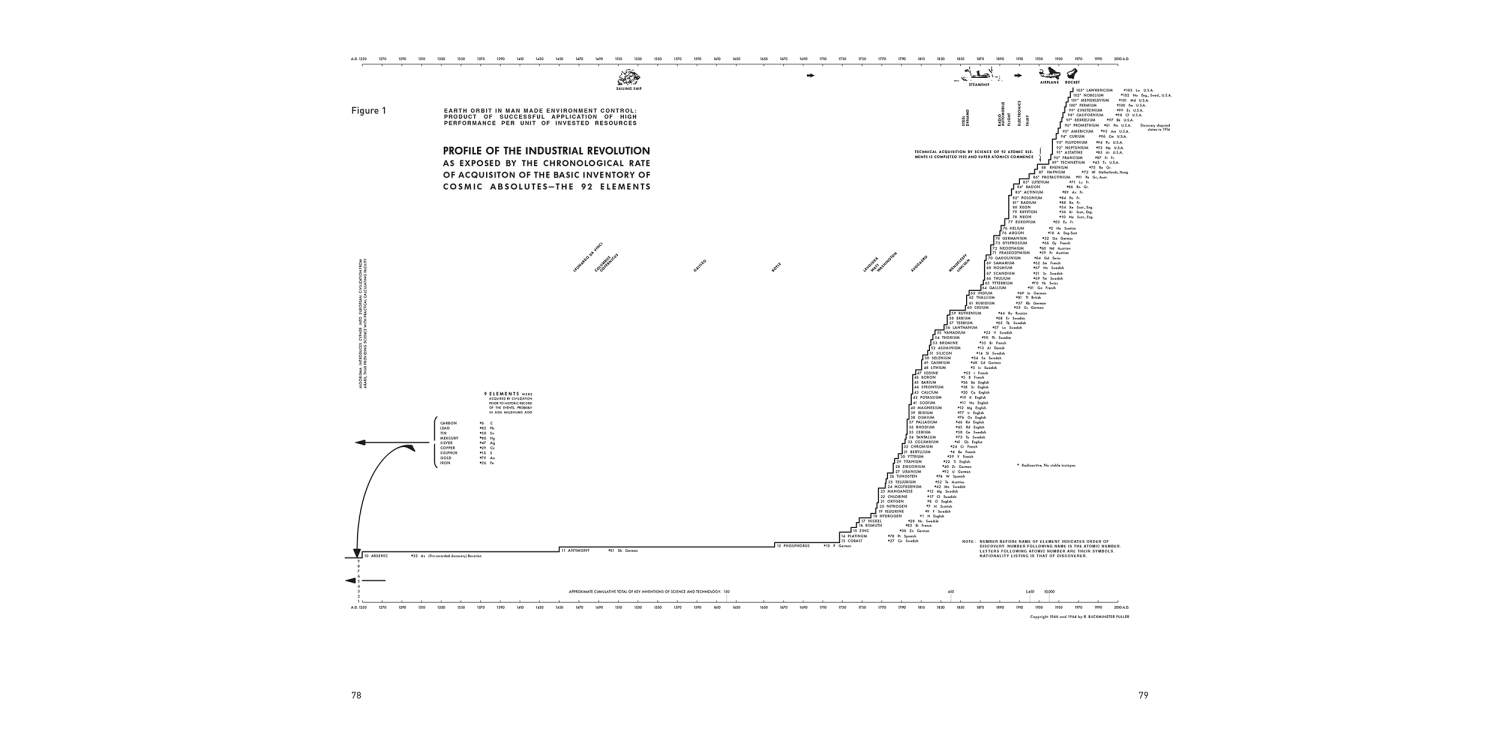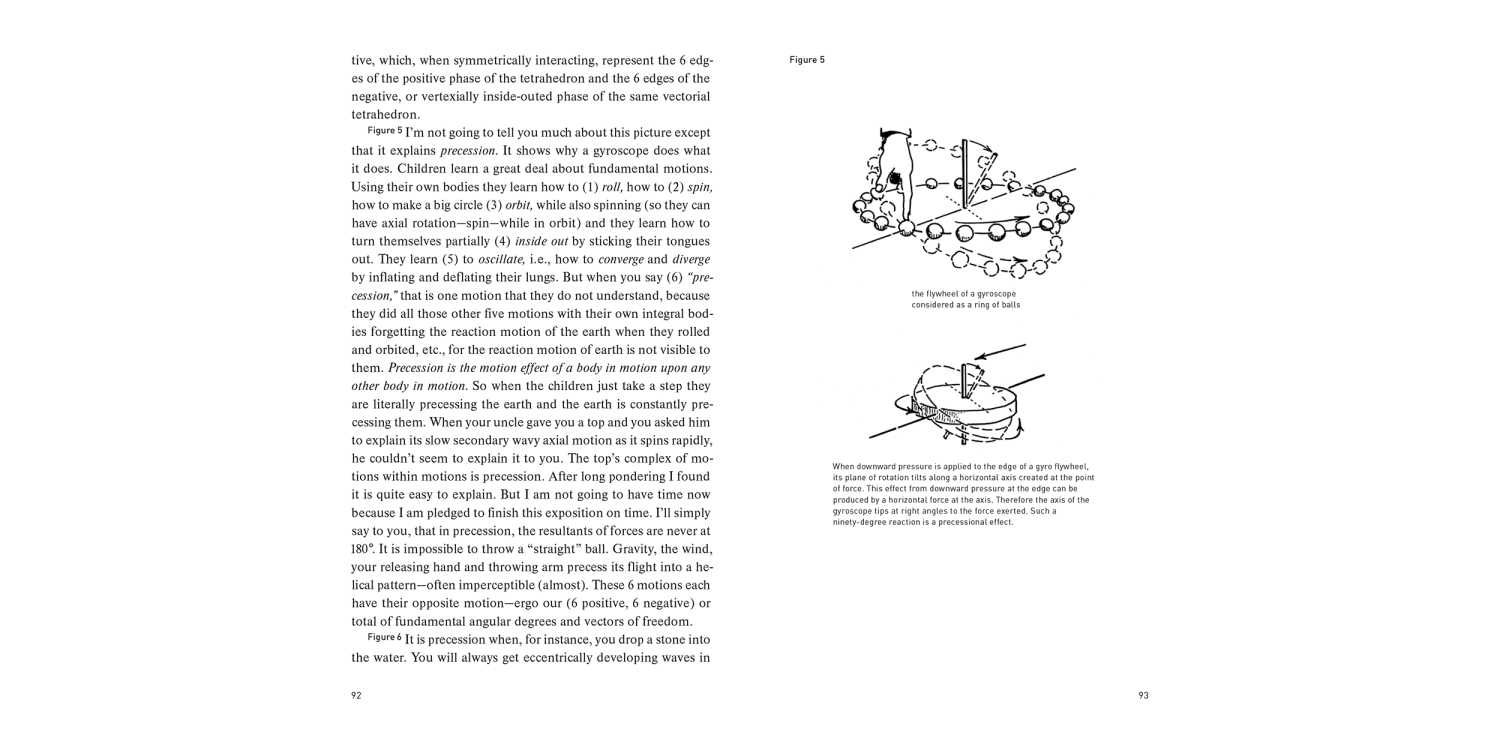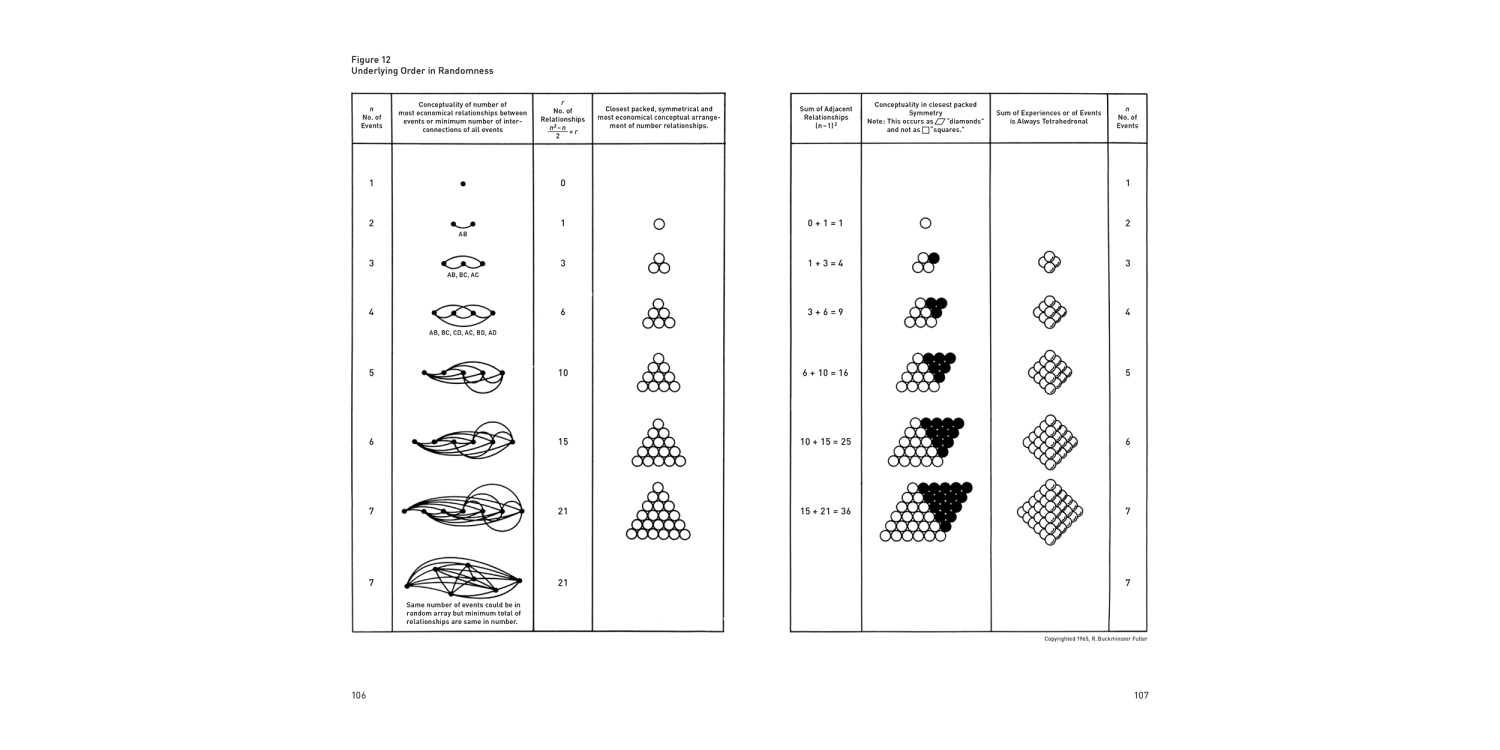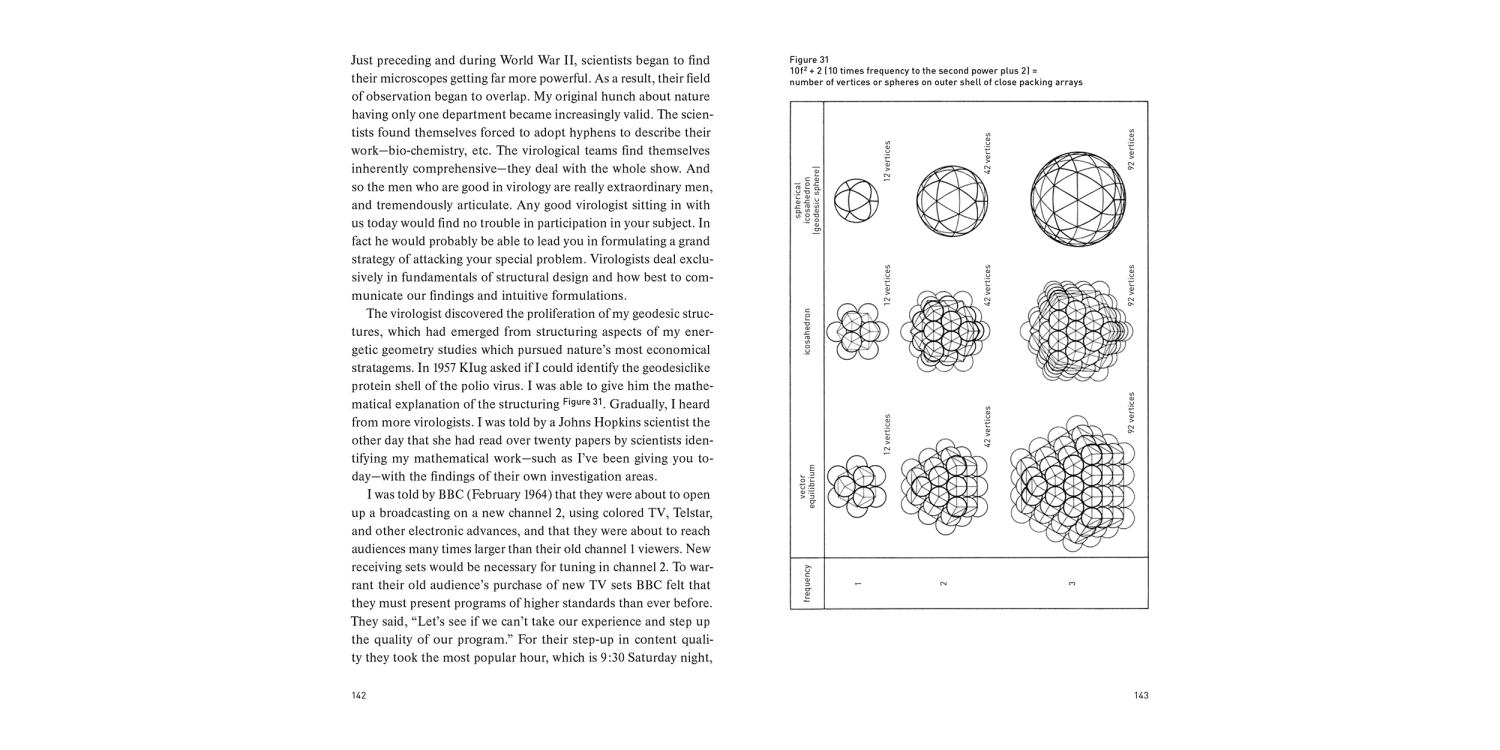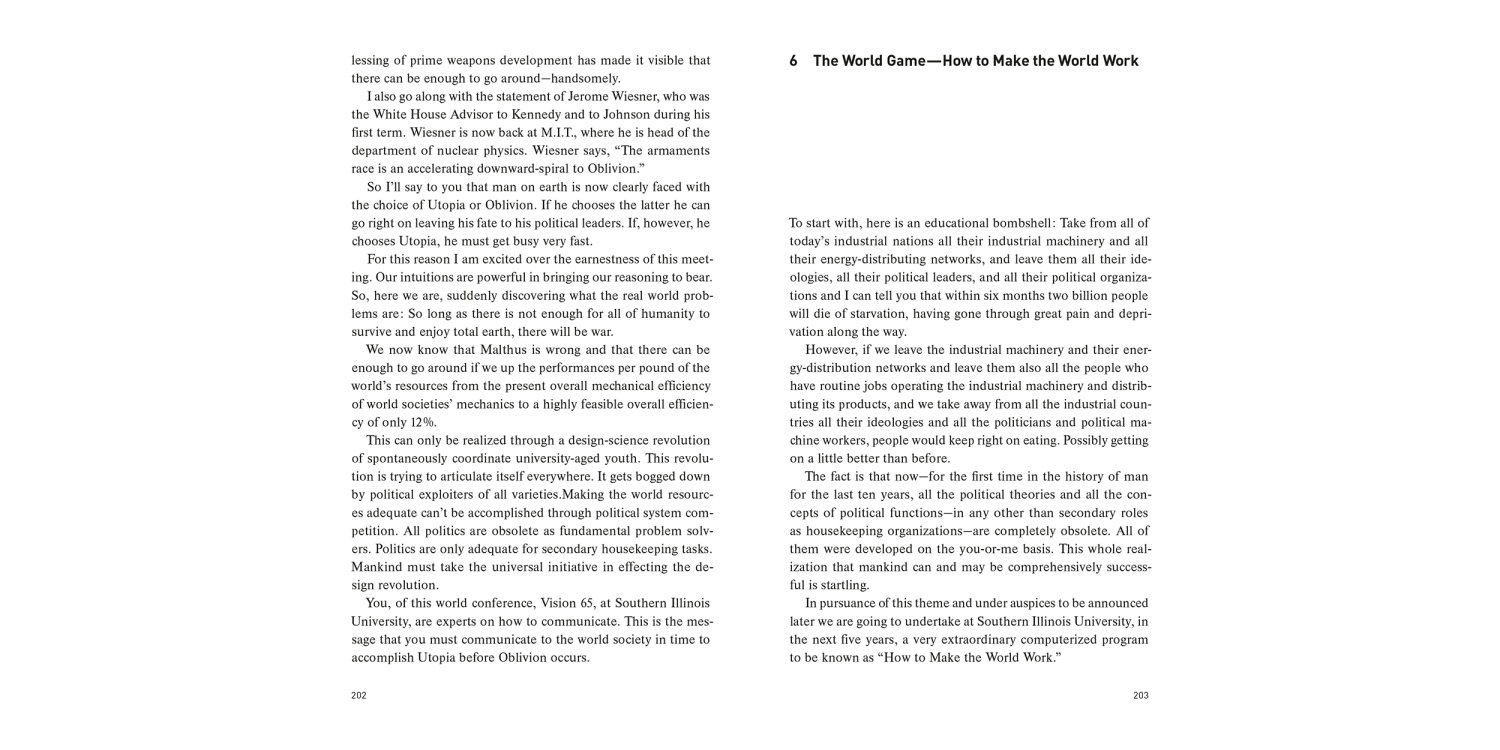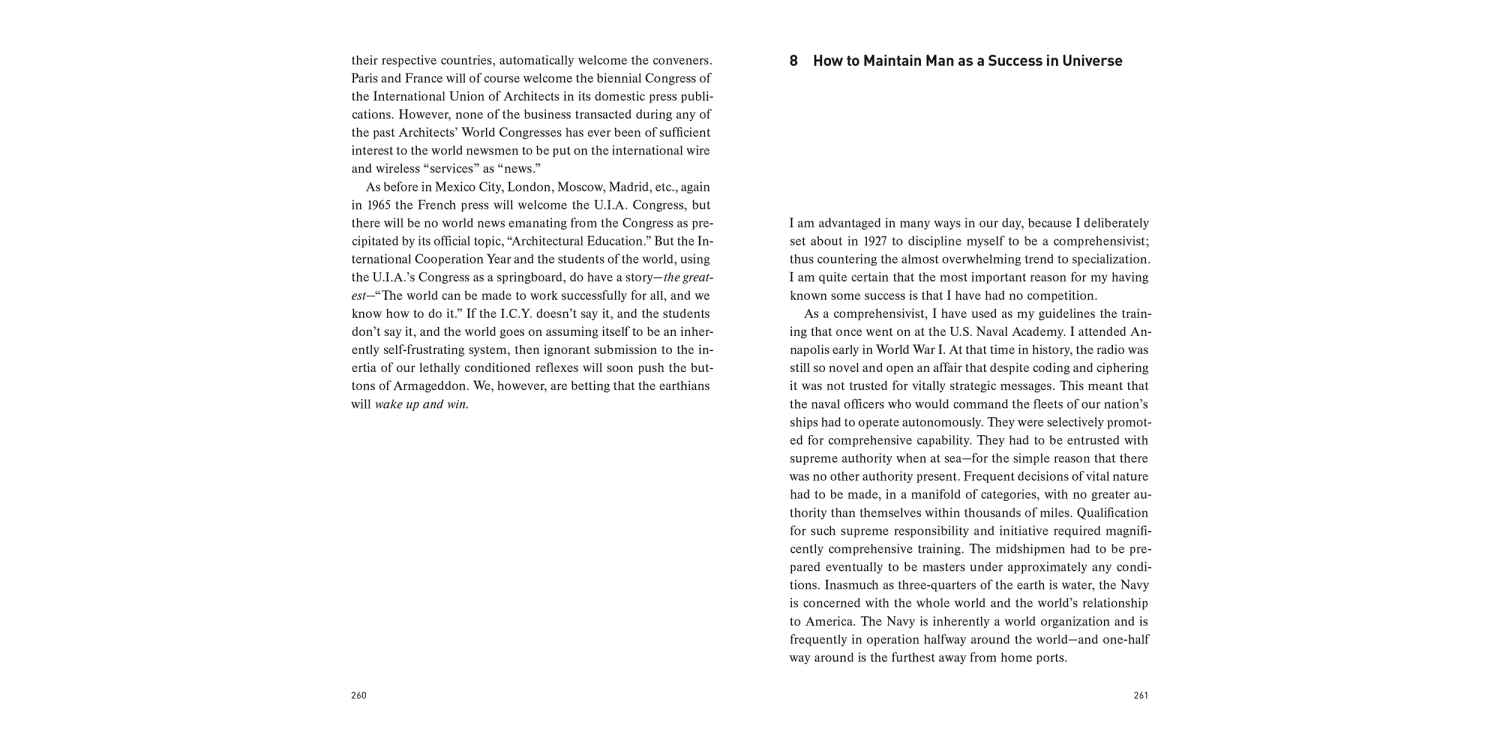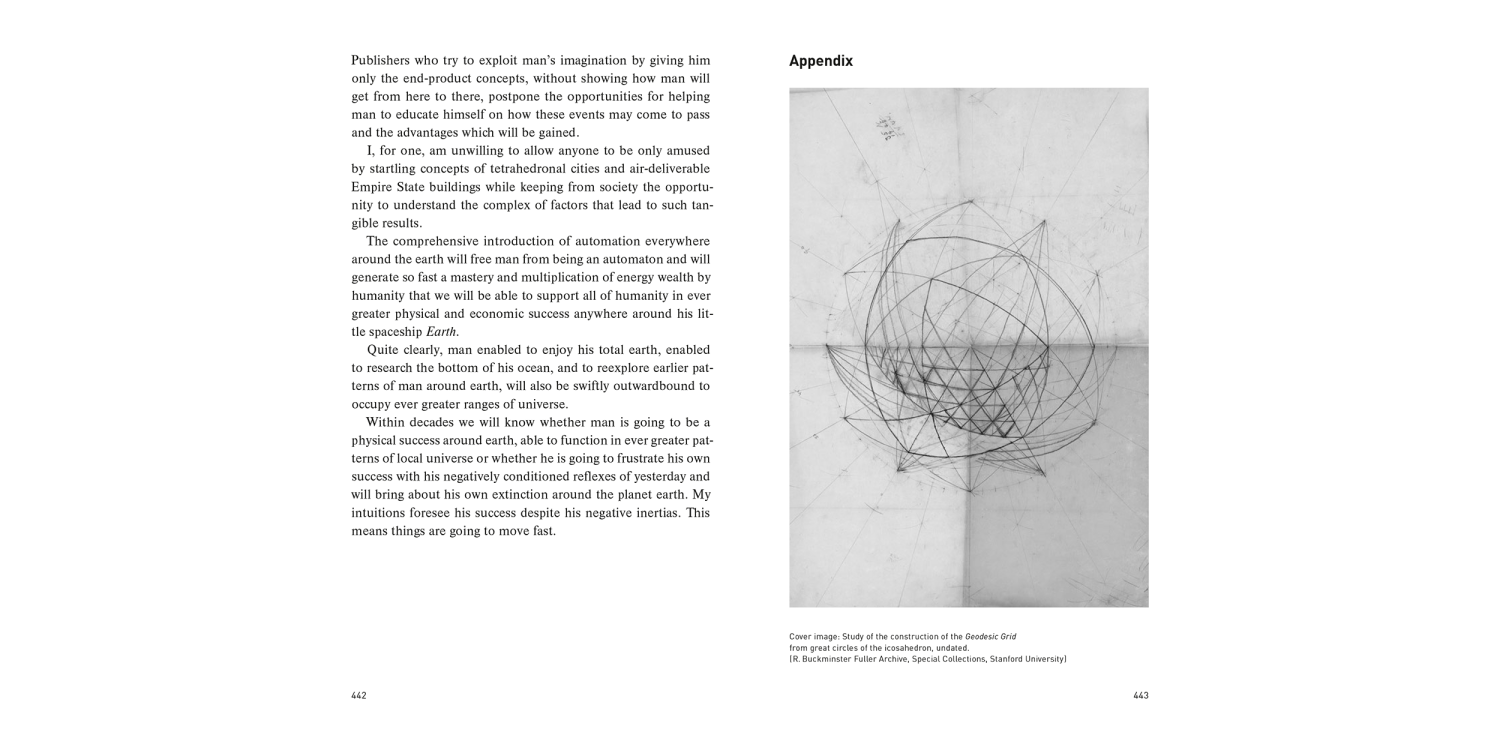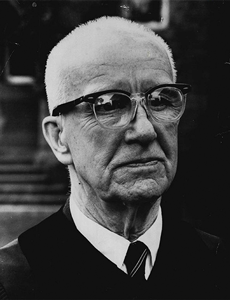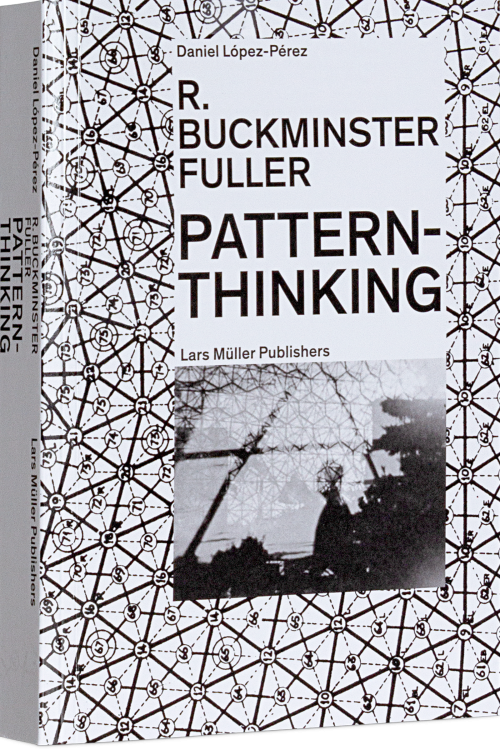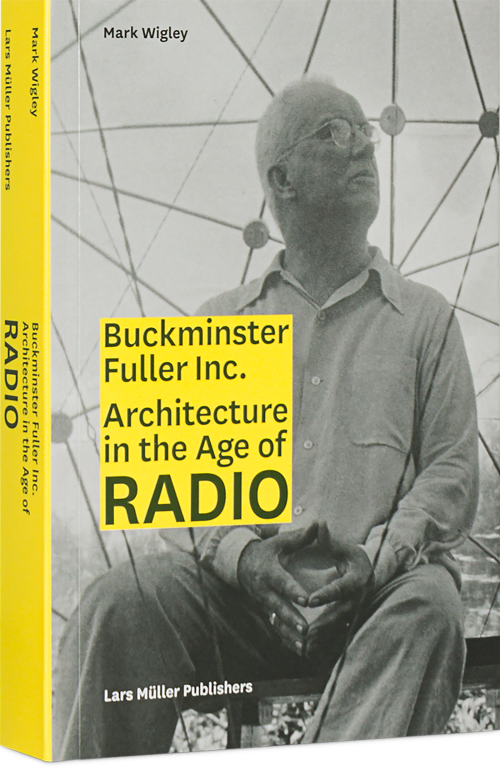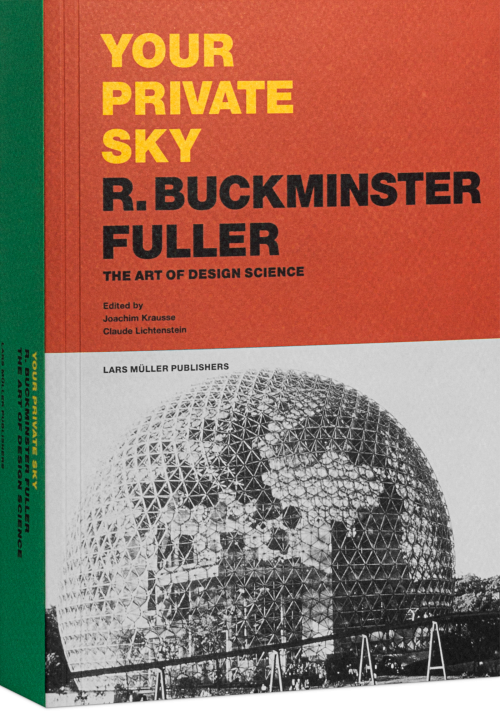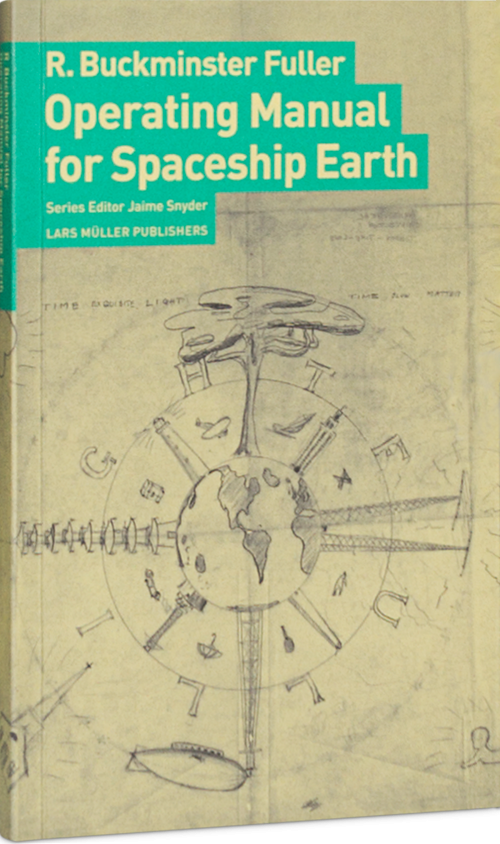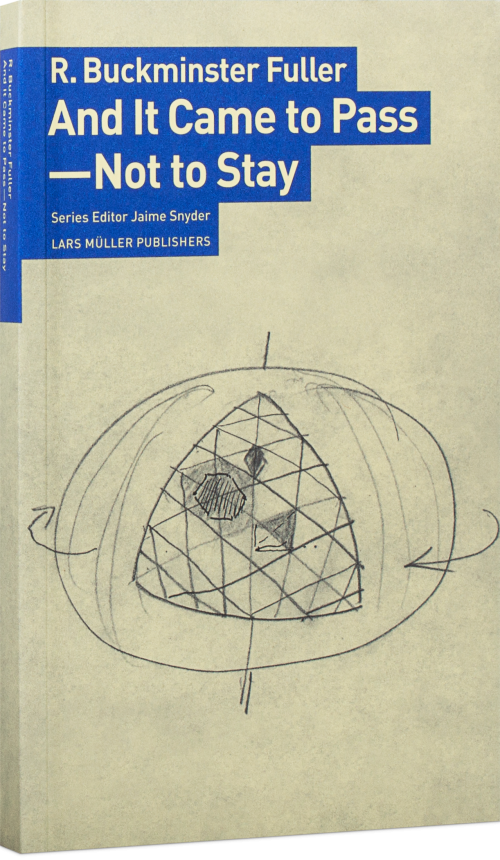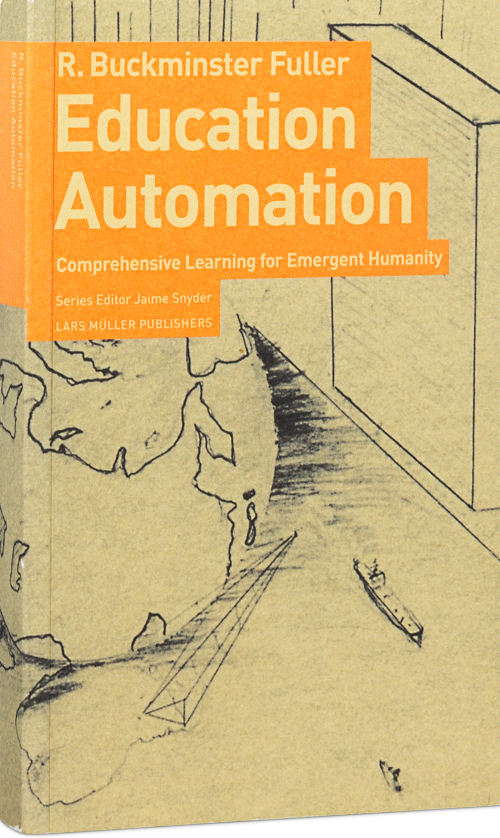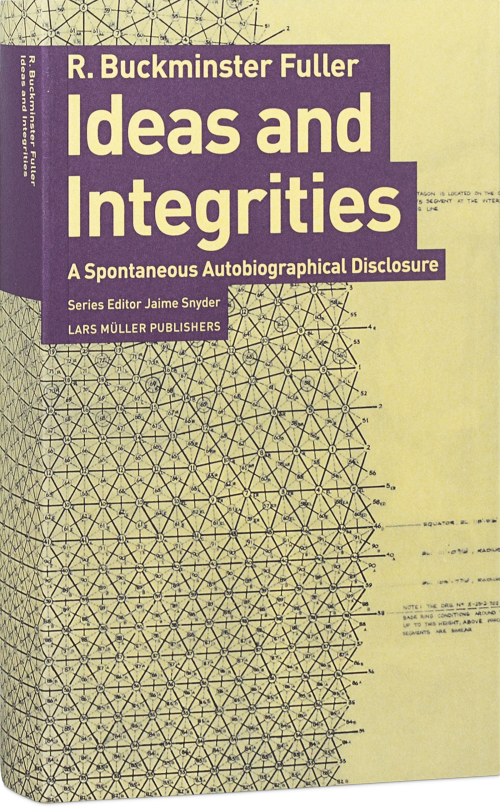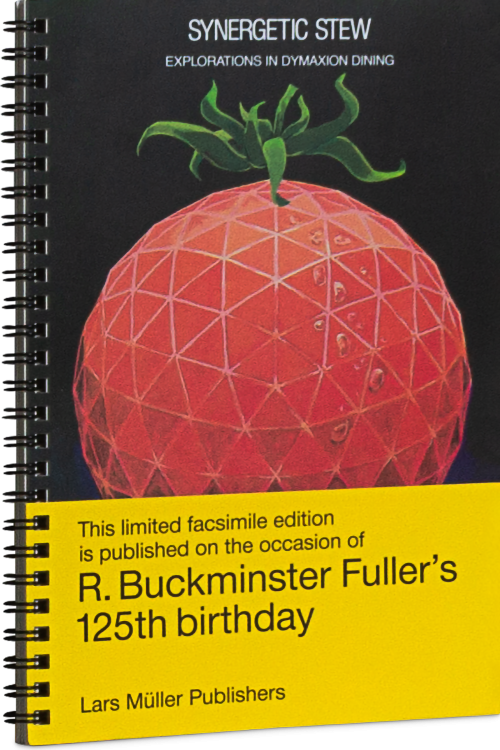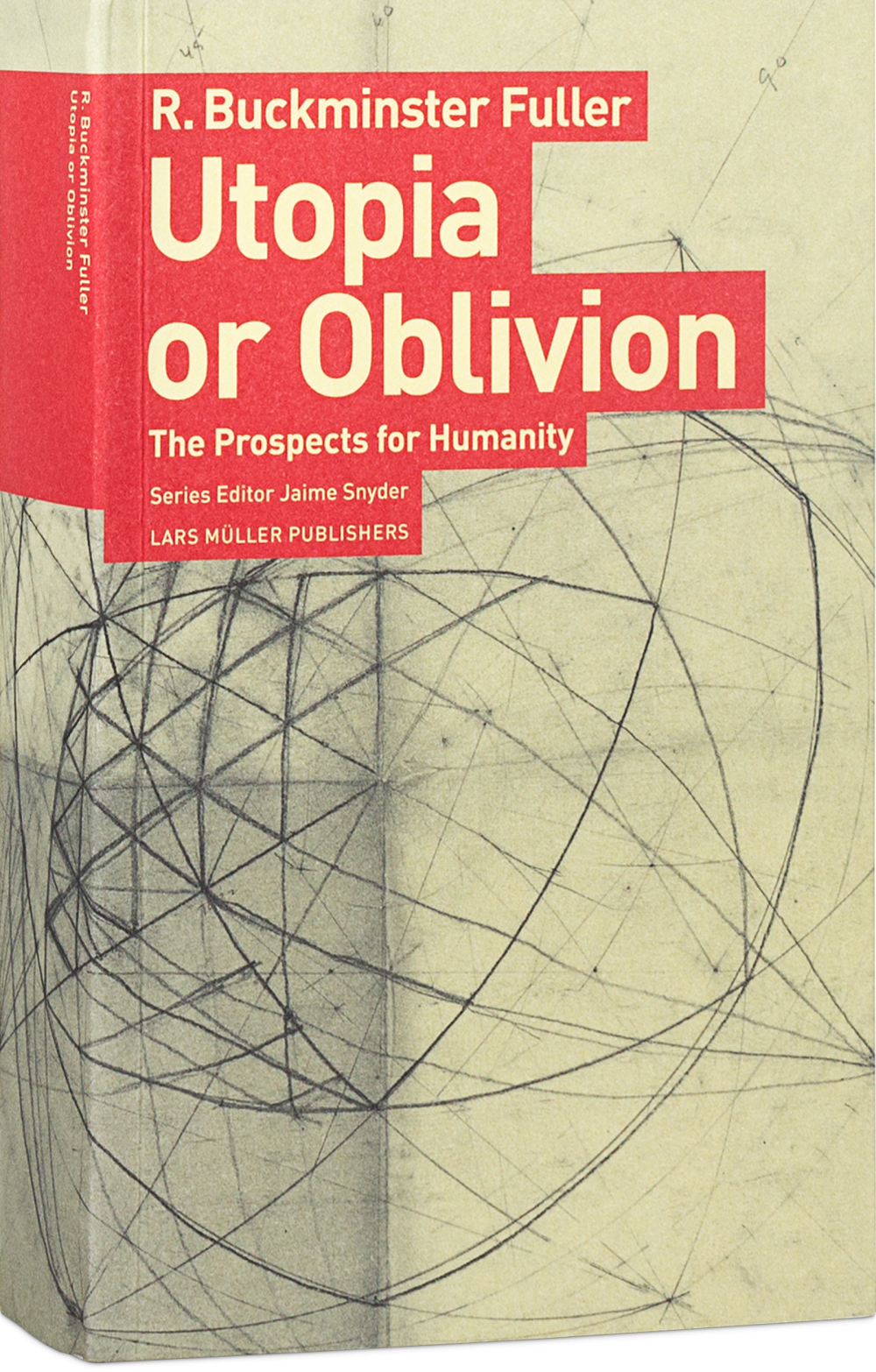
Utopia or Oblivion
Utopia or Oblivion is a provocative blueprint for the future. This comprehensive volume is composed of essays derived from the lectures he gave all over the world during the 1960’s. Fuller’s thesis is that humanity—or the first time in its history—has the opportunity to create a world where the needs of 100% of humanity are met.
“This is what man tends to call utopia. It’s a fairly small word, but inadequate to describe the extraordinary new freedom of man in a new relationship to universe—the alternative of which is oblivion.”
R. Buckminster Fuller.
Utopia or Oblivion is a provocative blueprint for the future. This comprehensive volume is composed of essays derived from the lectures he gave all over the world during the 1960’s. Fuller’s thesis is that humanity—or the first time in its history—has the opportunity to create a world where the needs of 100% of humanity are met.
“This is what man tends to call utopia. It’s a fairly small word, but inadequate to describe the extraordinary new freedom of man in a new relationship to universe—the alternative of which is oblivion.”
R. Buckminster Fuller.
